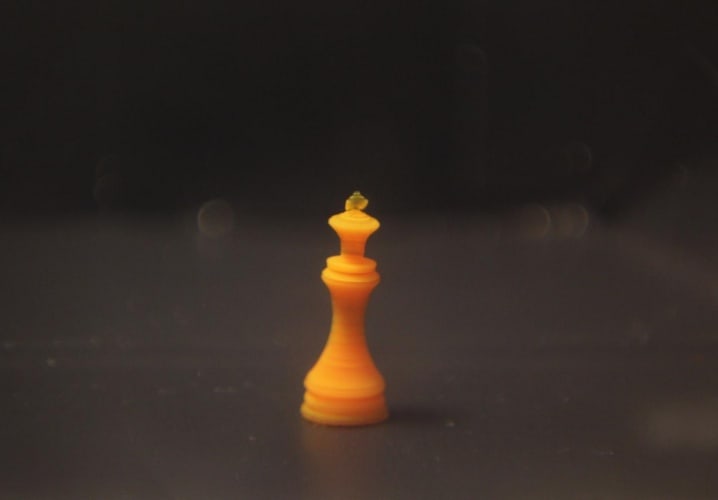More in
3D printed gel can morph with temperature change
Engineers at Rutgers University have created a 3D printed hydrogel that responds to temperature changes, and which has potential uses across several sectors.

(Credit: Daehoon Han/Rutgers University-New Brunswick)
According to the team, the smart gel could provide structural rigidity in organs such as the lungs, and can contain small molecules like water or drugs to be transported in the body and released. It could also help develop a new area of soft robotics, and enable applications in flexible sensors and actuators, biomedical devices and platforms or scaffolds for cells to grow. The work is published in Scientific Reports.
“The full potential of this smart hydrogel has not been unleashed until now," said Howon Lee, senior author of the new study and assistant professor in Rutgers’ Department of Mechanical and Aerospace Engineering. "We added another dimension to it, and this is the first time anybody has done it on this scale. They're flexible, shape-morphing materials. I like to call them smart materials."
The engineers used a lithography-based technique to print a wide range of materials, creating layers of a special resin to build 3D objects. The resin consists of the hydrogel, a chemical that acts as a binder, another chemical that facilitates bonding when light hits it, and a dye that controls light penetration.
Register now to continue reading
Thanks for visiting The Engineer. You’ve now reached your monthly limit of news stories. Register for free to unlock unlimited access to all of our news coverage, as well as premium content including opinion, in-depth features and special reports.
Benefits of registering
-
In-depth insights and coverage of key emerging trends
-
Unrestricted access to special reports throughout the year
-
Daily technology news delivered straight to your inbox










Water Sector Talent Exodus Could Cripple The Sector
Maybe if things are essential for the running of a country and we want to pay a fair price we should be running these utilities on a not for profit...